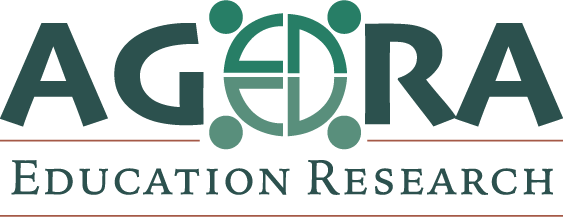Social media discussions about education often feature confident assertions that don’t hold up under scrutiny. Recently on Reddit, I encountered two typical claims about private and charter schools:
“Many charter and private schools have vastly better student outcomes for far less money per-student.”
“There are charter schools with near 100% college acceptance rates for seniors. And they take students by lottery.”
These statements exemplify a common pattern: compelling rhetoric that lacks substantive evidence. When we actually analyze educational outcomes while controlling for crucial factors like family income and parental education, the apparent advantages often disappear.
What Does the Data Actually Show?
Rather than accepting anecdotes, I encourage everyone to examine the data directly through resources like the NAEP Data Explorer. The 2024 NAEP results for 8th-grade mathematics reveal some interesting patterns:
- Overall average score: 274
- Public schools: 272
- Private schools (overall): 271
- Alternative schools: 256
- Catholic schools: 293
Note how Catholic schools significantly skew the private school average upward. But even these raw numbers don’t tell the complete story because they don’t account for crucial demographic differences between student populations.
The Selection Bias Factor
Regarding the claim about charter schools with near-perfect college acceptance rates: this illustrates a fundamental statistical concept called selection bias.
Students at these schools aren’t randomly distributed from the general population. Their presence in these schools typically indicates parents who are highly engaged in their education—often correlating with higher education levels and socioeconomic status. In research terminology, much of the variance in student outcomes is already explained by these external factors before the school’s effectiveness is even considered.
A school might boast impressive statistics not because its educational approach is superior, but because it serves a population already positioned for academic success.
Why This Matters
Understanding these nuances isn’t about diminishing any particular type of school, but about having honest conversations about education policy based on complete information rather than selective statistics.


Leave a Reply